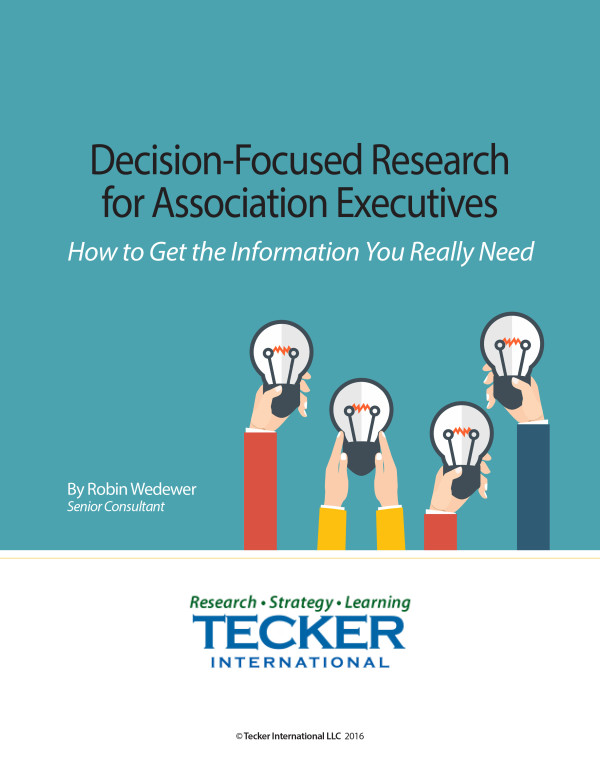We find that as long as you have a nominating committee the choice between a constituency based board and a competency based board is a false dichotomy. Achieving a “balanced board” is possible when a nominating committee views its role as “executive search” rather than “job placement.
Slates aren’t a necessity and seating good board members is not a challenge if every candidate is a good choice. If good people aren’t interested, it’s usually because the board agenda is focused on internal politics, redoing committee or staff work, or budget micro-management rather than addressing the real needs and opportunities of the membership.
These two keys to good governance – an effective nominating committee and a board working on things that matter to members (examined in ASAE’s CEO Symposium). They are especially important to engaging Gen Y who are demonstrating less and less interest in spending their time arguing over power issues or managing details of program and administration.
Our research for clients finds that the folks you want on the board have too many choices now to bother wasting their time with dysfunctional group behavior or arrogant control freaks. They will just go somewhere else. Our research also demonstrates that functioning nominating committees, meaningful board agendas, and leadership development experiences at all levels of the association responsible for identifying candidates is what makes the difference.
Read more on balanced boards.
Watch Paul discuss nominating committees.


